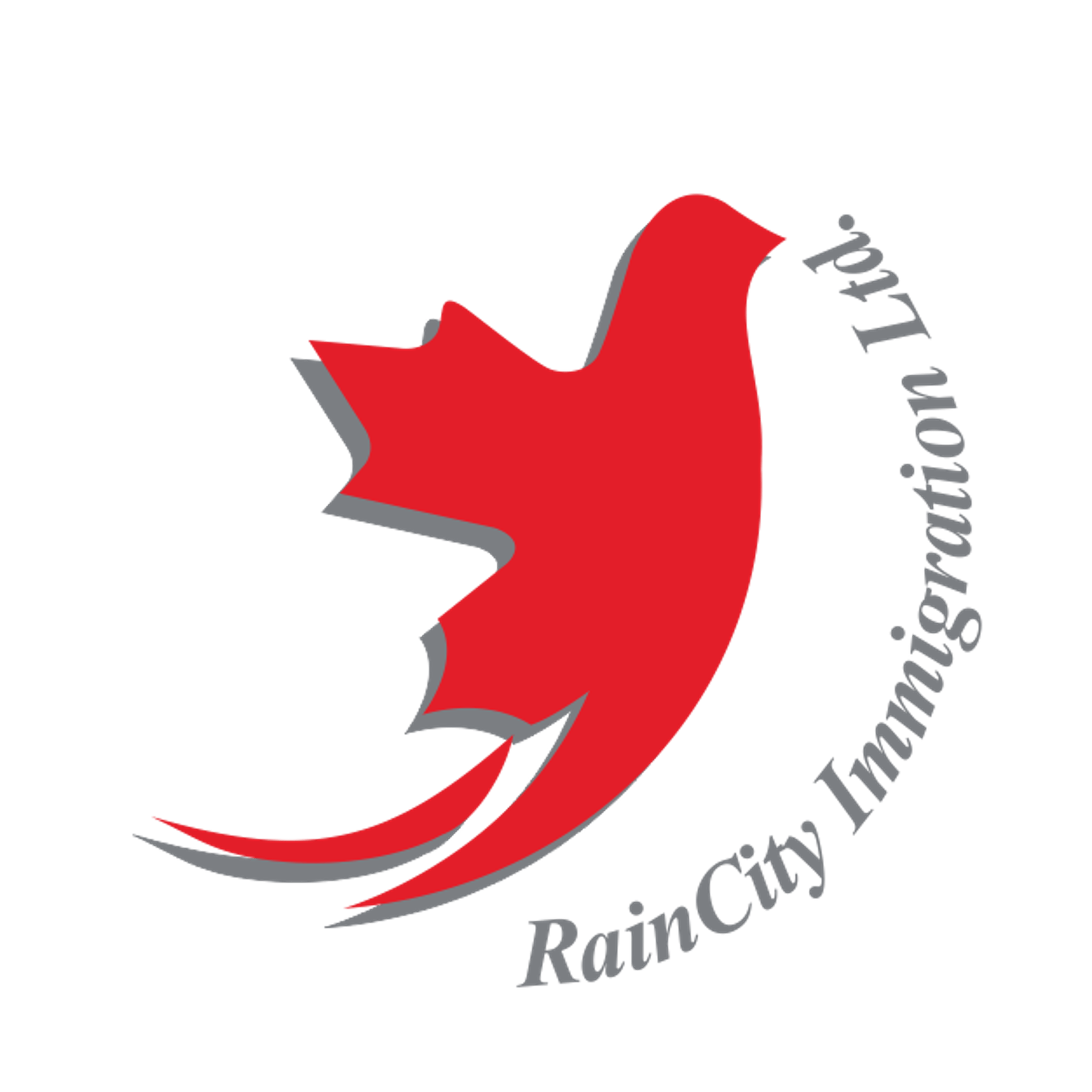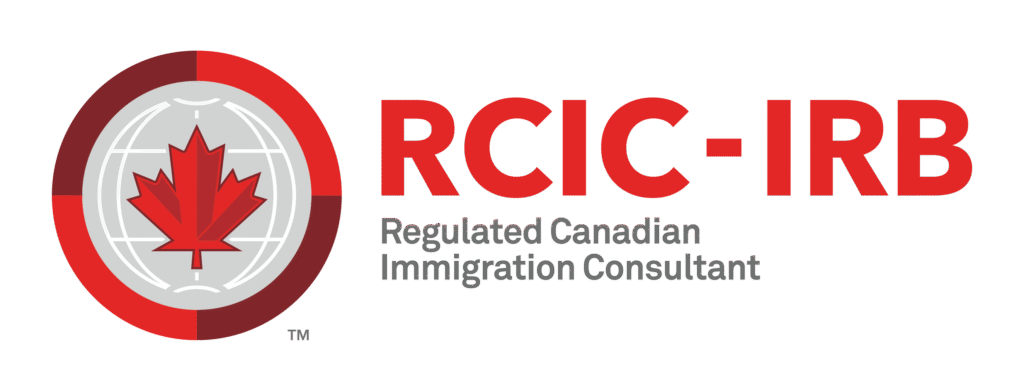Immigration to the USA for Studies

Studying in the USA is one of the biggest decisions you can make for your future. The process of study immigration to the USA involves several key steps: obtaining admission, securing a scholarship, and getting a student visa. However, challenges such as choosing the right university, finding suitable scholarships, and preparing necessary documents can make the process more complex.
We have simplified everything for you here: from study conditions, scholarships, and costs, to how to find a university, language scores, age requirements, list of necessary documents, and the steps to obtain admission and a visa. We’ve even shared experiences of international students who have already walked the path before you.
Rest assured; we are with you every step of the way to make studying in the USA easier for you.
Studying in the USA at a Glance
Types of U.S. Student Visas
F Student Visa
F-1 Visa: For academic studies at universities, colleges, or language training programs.
F-2 Visa: For dependents of F-1 visa holders.
M Student Visa
M-1 Visa: For non-academic or vocational studies.
M-2 Visa: For dependents of M-1 visa holders.
J Exchange Visa
J-1 Visa: For exchange study, educational, or cultural programs.
J-2 Visa: For dependents of J-1 visa holders.
Academic Terms in the USA
Fall Semester: Late August or early September to mid-December
Spring Semester: January to May
Summer Term: May to before September
Benefits of Studying in the USA
High-quality education
Internship opportunities
Advanced education system
Ability to work during studies
Post-study residency options
Globally recognized degree
Diverse scholarship opportunities
Study at top-ranked universities
Access to the global job market
Living in a multicultural country
Study Immigration Conditions for the USA
Associate Degree Studies
Duration: 2 years
Language Requirement: IELTS 5.5 / TOEFL 500
GPA Requirement: Minimum GPA 2 (around 12-14)
Financial Requirement: Sufficient funds to study and live in the USA
Bachelor’s Degree Studies
Duration: 3 to 4 years
Language Requirement: IELTS 6 / TOEFL 520
GPA Requirement: Minimum GPA 2.5 (around 13-14)
Entrance Exams: Required for certain majors
Master’s Degree Studies
Duration: 1 to 2 years
Language Requirement: IELTS 6.5 / TOEFL 550
GPA Requirement: Minimum GPA 2.5 (preferably above 3)
Entrance Exams: GRE / GMAT / LSAT depending on the field
Ph.D. Studies
Duration: 4 to 7 years
Language Requirement: IELTS 6.5 / TOEFL 550
GPA Requirement: Minimum GPA 3.0 (preferably above 3.5)
Entrance Exams: GRE required for some programs
Recommendation Letters: Required
Interview: May be required
Studying in U.S. Schools
You can study in public high schools (only high school) and all grades in private schools with an F-1 student visa.
English proficiency is required.
Entrance exams may be needed.
If you are planning to study in the USA, we are here to support you through every step, from choosing a university to obtaining a visa.
Steps for Study Immigration to the USA
1. Research and Choose Educational Institutions
Examine and select the courses and institutions that align with your goals. The institution you choose for your study immigration to the USA must be SEVP-approved (Student and Exchange Visitor Program) to be eligible for an F-1 visa.
2. Meet the Admission Requirements
Review and fulfill the admission conditions (such as tests, language scores, recommendation letters, and personal statements).
3. Explore Scholarships and Financial Aid
Investigate available scholarships and financial assistance options. If applicable, apply for them.
4. Collect and Translate Documents
Prepare the required documents for study immigration to the USA and admission, including bank statements, academic records, language test results, etc. Ensure that documents are translated into English by an official translator.
5. Submit Your Application
Submit your application through the university’s portal. Upload your documents, pay the application fee, and await the results. The acceptance letter will contain details about the next steps (admission offer, registration, receiving the I-20 form, and start date of classes).
6. Attend University Interview (if required)
Some universities require interviews for graduate and doctoral programs, which may include discussing your background or even a practical test.
7. Finalize Acceptance and Receive the I-20 Form
Once accepted, obtain the I-20 form from the university. This form is essential for applying for an F-1 visa for study immigration to the USA, as well as for other requirements such as entering the USA or obtaining a driver’s license.
Study in U.S. Schools
Educational Levels in U.S. Schools
Elementary School: Grades 1–5, ages 5–10.
Junior High School: Grades 6–8, ages 11–13.
High School: Grades 9–12, ages 14–18.
General Admission Requirements for International Students
You must meet the age requirements for studying in the USA, ensuring your age aligns with the desired level of education.
Your English proficiency should be acceptable (usually not required for elementary level).
You may need to take an entrance or language test.
You should have a minimum required GPA (usually at least 12).
Provide academic records.
You may need to submit vaccination records.
Conditions for Study Immigration to the USA and Obtaining a Student Visa
Sufficient financial resources to cover tuition and living expenses in the USA.
The school must be SEVP-approved.
You must demonstrate your intent to leave the USA after completing your studies.
Acceptance from the school and I-20 form must be in hand.
Submit academic records.
Participate in the visa interview (for those aged 14 and above).
Important Points Regarding the U.S. Student Visa
Study Level Limitation: With an F-1 student visa, you can study in all levels at private schools. For public schools, you can only attend high school (grades 9–12).
If your parents have a non-immigrant visa and you have a dependent visa (e.g., F-2), there are no restrictions on attending public elementary or public educational institutions.
Time Limit:
With an F-1 student visa, you can study for a maximum of 12 months in public high schools (grades 9–12).
There are no time restrictions for studying in private schools.
As an international student, you must pay the full tuition at the start of your study period.
Accompanying Parents: Parents of students cannot apply for an F-2 or M-2 dependent visa. To accompany the student, parents must apply for a visitor visa (B2). This allows them to stay in the USA for up to 6 months, with the possibility of extension.
Study Immigration Costs to the USA
Tuition Fees
Range from $8,000 to $60,000 per year.
Accommodation Costs
Dormitory: $800 to $1,500 per month
Renting a private house: $1,100 to over $4,500 per month
Health Insurance
Starting from $50 per month
Visa Fee
$535
Application Fees
Range from $50 to $250 on average
Books and Study Materials
Around $100 per month
Transportation
$137.5 per month
Living Expenses
Between $1,000 and $4,000 per month
Airfare and Travel
From 40 million IRR and above
Financial Requirements
The required amount: tuition for one year + living expenses for one year.
Usually, the time duration for which the financial amount remains in your account is sufficient, even if it is just for one day.
No minimum amount is officially required for the financial documentation for an F-1 visa, but it is typically recommended to have between $18,000 to $24,000.
Your bank statement must ideally show 1.5 times the total amount of tuition and living expenses listed on your I-20 form, which is issued by the university.
Scholarships for Studying in the USA
There are excellent scholarships available for studying in the USA. U.S. universities and educational institutions offer scholarships to international students with outstanding academic performance. However, the competition for these scholarships is very high, and the type and amount of scholarships vary by institution.
Obtaining a U.S. Student Visa and Study Residency
To pursue academic studies at U.S. universities or colleges, you must apply for an F-1 visa and meet the conditions for studying in the United States:
You must have an admission letter from a U.S. educational institution certified by SEVP.
You must be enrolled as a full-time student at the institution.
You must submit a valid English language proficiency certificate at the required level set by the institution, or enroll in an English language program.
You must have sufficient financial means to support your stay.
You must provide proof of ties to your home country that indicate your intention to return after completing your studies.
At the time of your visa application, you must reside outside of the United States.
Dependent Visa for International Students in the U.S.
Visa for Spouse and Children
If you are in the U.S. on an F-1 visa, your spouse and unmarried children under 21 years old may apply for an F-2 visa to accompany you. The duration of the F-2 visa matches the length of your academic program.
Financial Support Requirement
An F-1 student must demonstrate the financial ability to support their spouse and children during their stay in the United States.
Work and Study Restrictions
Dependents on an F-2 visa are not allowed to work in the U.S. unless they find an employer willing to sponsor them for a work visa.
Spouses on an F-2 visa cannot enroll in academic degree programs, but they may attend recreational or non-professional courses.
Dependent children with an F-2 visa may attend school from kindergarten through 12th grade.
Dependent Visa for Parents or Siblings
Parents, siblings, or other family members must apply for a B-2 visitor visa. This visa allows them to stay in the U.S. for a maximum of 6 months.
Work Opportunities While Studying in the U.S. on an F-1 Visa
In your first year, you may only work on campus under limited conditions.
Off-campus work is not allowed in the first academic year.
During academic terms, you may work up to 20 hours per week.
During scheduled breaks, you may work up to 40 hours per week.
Pathways to Stay in the U.S. After Graduation
While a U.S. student visa only grants temporary residency, after completing your program, there are several ways to pursue longer-term or permanent residence:
Obtaining a Work Permit
OPT (Optional Practical Training)
After graduation, you may apply for an OPT work permit to work in your field of study—provided you haven’t already used OPT or a full-time CPT (Curricular Practical Training) during your studies.
Non-Immigrant Work Visas
Non-immigrant work visas such as H-1B or L-1 are available for certain specialized occupations or employees of multinational companies, allowing temporary work residency.
Immigrant Work Visas
Immigrant work visas (such as EB-1, EB-2, and EB-3) are suitable for international executives, professionals with extraordinary abilities, or other skilled workers. If you have a U.S.-based sponsor, you may apply for permanent residency.
Investment-Based Green Card
You can invest at least $500,000 in qualified projects and convert your student visa into an EB-5 immigrant investor visa. After two years, you may apply for permanent residency.
Marriage to a U.S. Citizen
If you marry a U.S. citizen, you may directly convert your F-1 visa to a green card and eventually become a U.S. citizen.
Frequently Asked Questions
What type of visa do I need to study in the U.S.?
There are three main types of U.S. student visas: F, J, and M.
F-1: For academic studies at colleges/universities.
J-1: For participation in exchange programs.
M-1: For non-academic or vocational programs.
Can I study in the U.S. on a tourist visa?
No. Academic programs that lead to a degree or certificate are not permitted on a visitor visa—even short-term ones. You may only attend recreational or non-degree programs on a tourist visa. For academic study, you must have an F or M visa.
Is studying in the U.S. better than in Canada?
To determine whether studying in the U.S. or Canada is better, consider tuition costs, education quality, immigration policies, and post-graduation opportunities. Canada offers lower tuition and better permanent residency options, while the U.S. has top-ranked universities and a global job market.
How much does it cost to study in the U.S. for international students?
Costs vary greatly between public and private institutions. On average:
Tuition: $8,000 to $60,000 per year
Application fee: $50 to $250
Visa fee: Around $535
Living expenses: $1,000 to $4,000 per month
Proof of funds: Tuition + one year of living expenses
Housing:
Dormitories: $800 to $1,500/month
Off-campus rent: $1,100 to over $4,500/month
How much financial proof is required for a U.S. student visa?
There is no fixed amount, but it is generally recommended to show financial proof of $18,000 to $24,000 covering 6–9 months.
Can international students study for free in the U.S.?
Not entirely—but you can apply for scholarships. These come in fully-funded or partially-funded forms. The amount depends on your academic level, program, and institution.
Is studying in the U.S. affordable for international students?
Studying in the U.S. is expensive. However, you can reduce costs by choosing public universities, living in affordable areas, or applying for scholarships.
Can I bring my spouse with my student visa?
Yes. With an F-1 visa, you may apply for an F-2 visa for your spouse and unmarried children under 21. You must demonstrate sufficient financial resources to support them.
Can my parents stay with me in the U.S. while I study?
Your parents can apply for a B-2 visitor visa, which allows them to stay for up to 6 months during your studies.
Can I work while studying in the U.S.?
Yes. You can work up to 20 hours per week during the academic term and up to 40 hours per week during breaks, as long as your F-1 visa remains valid. Your job must not displace a U.S. worker.
Can I get accepted with a low IELTS score?
Yes, some institutions may accept lower IELTS scores. You may receive conditional admission, requiring you to take English courses or enroll in an intensive English program alongside your academic courses.





